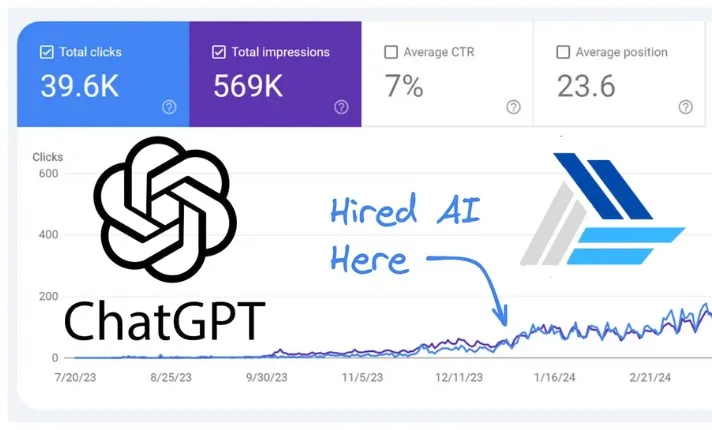What is Minification?
Minification refers to the process of reducing the size of code (HTML, CSS, JS) and markup in your web pages and script files. This technique minimizes load times and bandwidth usage, ultimately improving site speed and accessibility. With minified files, even users with limited data plans can access your website efficiently.
Why Minify HTML?
The main objective of HTML minification is to eliminate redundant data such as extra spaces, well-named variables, and comments. While developers create code to be easily readable for future collaboration, this can negatively impact page performance. By stripping away non-essential elements, we can significantly enhance the compilation process. When HTML files are minified, comments and extra spaces are removed, and variable names are shortened, resulting in a more compact code structure. It's important to keep both the original and minified versions of the file; the former remains readable for developers while the latter is deployed on the server. The original file uses the ".html" extension, while the minified version is saved as ".min.html." Minification can reduce file size by up to 60%.
Why Minify CSS?
Minifying CSS is crucial as it significantly decreases file size, enhancing download and execution speed for browsers. CSS is a render-blocking resource, meaning users often cannot view content on a webpage until the browser fully downloads and parses all stylesheets. Therefore, large, unminified, or unused CSS files can lead to a frustrating user experience. By optimizing CSS through minification, you can ensure quicker rendering and a more seamless browsing experience.
Understanding the Differences: Minification vs. Other Techniques
Minification, obfuscation, compression, encryption, and uglification are often misunderstood or used interchangeably, but they serve distinct purposes:
- Minification: This process alters the content of the code to reduce file size by removing unnecessary spaces, characters, and formatting, resulting in fewer characters in the code.
- Compression: Unlike minification, compression does not modify the code content. Instead, it reduces file size when the browser requests it by compressing files before serving.
- Uglification: Similar to minification, uglification uses tools like Uglify JS to minimize JavaScript files. This improves performance while sacrificing readability.
- Encryption: This involves converting plain data into encoded data, requiring a secret key for decryption. Encrypted code cannot be executed by a browser and is primarily a security feature.
- Obfuscation: This technique modifies code to obscure its logic, making it difficult for humans to read while remaining understandable to computers. This often includes renaming variables and functions to enhance performance, though that is not its primary function.


 By: Jimni Nomics
By: Jimni Nomics

